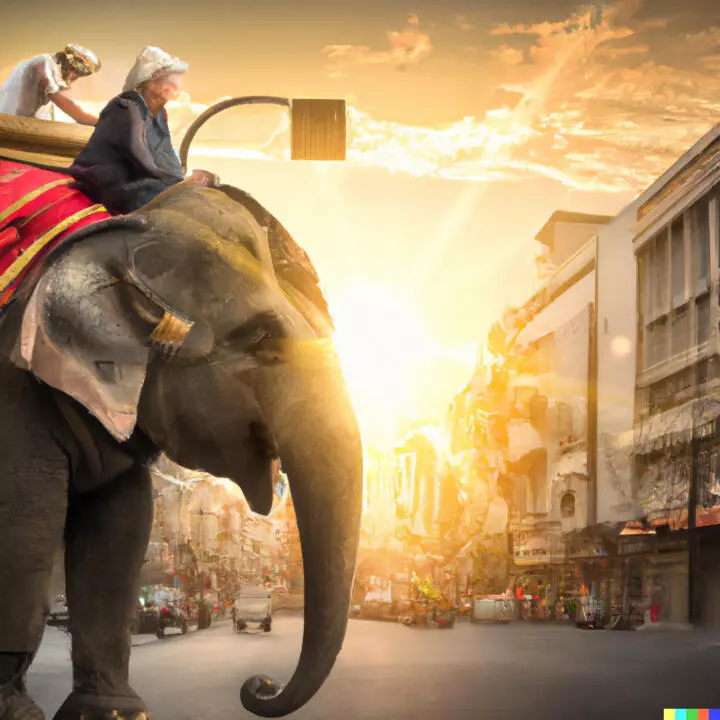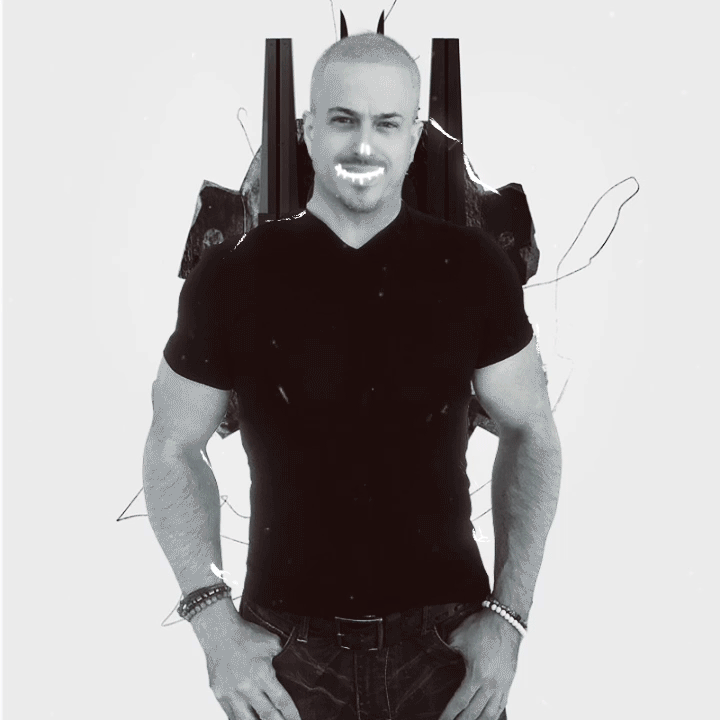
Should We Photographers Fear The Rise Of The A.I. Image?
Unless you have been living under a bush these last few months, you cannot fail to have heard of the rise A.I. imaging. It’s everywhere we look, articles pronouncing how amazing it is, videos announcing the death of photography, even lawsuits over the validity of an AI image’s copyright.
Like all new technologies, AI is here to stay. Like all technologies it will impact those that go before it, but will it be the death of photography? Personally, I don’t think so and I will come on to that later, but for now let’s take a look at what exactly an AI image is.
What Is An AI Image?
An AI image, in its simplest form, is one that has been created in a computer using algorithms rather than an image captured in camera. However, it’s a little deeper than that. The rise of the A.I. image has been rapid and has become very accessible to the average non-photographer.
These days you can simply go to a website, type in what you want and the A.I will create that image for you. The limit is your own imagination. For example, I could type “old woman riding an elephant down a busy city street at sunset.” Scarily the A.I. algorithms will come up with a very passable image that represents that sentence. It won’t be perfect by any means but we are just at the beginning of the rise of the A.I image. It’s scary to think where we will be in 5 years’ time. But the future is for later, let’s look at how the A.I. image is created and some of the controversies it’s causing.
How Is An A.I. Image Created
Well, A.I, is not actually so intelligent that it can conjure an image out of thin air. In the future, it may well do, but for now, it has to use references. The problem is that those references are images that are already online. Doesn’t matter where, if they can be seen somewhere on the Internet, the A.I programs can use them. We will come to the ethical, moral and legal aspects of that in a moment.
So when I typed in “old woman riding an elephant down a busy city street at sunset.” the AI set to work. It scraped the Internet for all the elements I mentioned in that sentence, found ones that would work well together and built a composite image from them. It’s incredibly clever stuff but also treading a moral and legal tightrope.
At the moment, the rise of the A.I. image makes the assumption that all images online are free to use. It makes this assumption because the final work is derivative and so far removed from the original work as to be an original image in its own right, albeit AI-generated images.
Like technologies before it, the law has yet to catch up with the legalities of ai-generated images from text. It will have to, and undoubtedly will. A classic recent example of this was the rise of drone photography. In the beginning, it was a veritable free-for-all, now it’s pretty well-regulated. However, like drone photography, there will be a minority of people that will abuse the rules.
Potential Issues And Controversies With A.I. Generated Images
The potential for ai-generated art really is limitless and that raises some fairly major potential issues. One major issue would be the distortion of photojournalism. We all know that non-journalistic entities and social media are a haven for images purporting to be one thing yet were shot at a different time and location. The rise of the A.I. image has the potential to push those boundaries even further and with ease.
Unscrupulous entities will be able to simply type in what they want to convey then post those ai-generated images to social media sites, to sway public opinion.
Another, more personal abuse of the power of AI could be in deep faking people in compromising situations. Deep Fake porn is a real thing that affects not only celebrities but also the average person. A.I generated images have the potential to exploit a person’s social media accounts and create realistic images of them in lewd situations.
As A.I. scrapes the internet, it’s possible that many of its generated images will not be so derivative as to escape copyright infringement. This will be especially so in very niche sections of photography where fewer images are available.
Another recent and worrying development has been the use of A.I. to remove watermarks from real photos. This opens up a whole new can of worms especially in regard to stock agencies, protecting their contributor’s work.
It’s Not All Doom And Gloom!
Will the rise of the A.I image kill off photography? In my opinion no. It’s another tool, another technology used to create images. Whilst it will, in the future, be able to create incredibly realistic-looking images, they will lack one vital element. That vital element is what photography was created for and was best described by the great Henri Cartier-Bresson in what he called the “decisive moment”
Real photography will always be defined by that decisive moment. The moment the sun sets behind a stunning landscape, the moment an enigmatic smile appears on a model’s face, the moment a brightly dressed person steps out of the shade on a monochromatic-looking street. These could all be generated by AI, but because in a real photo they actually happened in a real place and at a point in time, they will have infinitely more value than any A.I. generated image.
There is also the creative aspect of going out, waiting for that decisive moment in the perfect location. Those of us that do photography will never lose that. Sitting at home typing into an ai art generator may be creative in the words that you type, but it is not get up, get out and shoot creatively, with all the positive benefits that brings.
Will the rise of the A.I. Image kill photography? No, but it will change the way we take photos and it will need a law change to protect photography. Like all advances in photography, we will adapt to this new technology, learn to embrace it and fold it into our everyday workflows. I can see myself using AI as an inspiration to take images. I can type in a vision that I might have, allow A.I to create a version of that vision, then go out and create it in the real world. That’s a powerful tool to have.
This content was originally published here.


